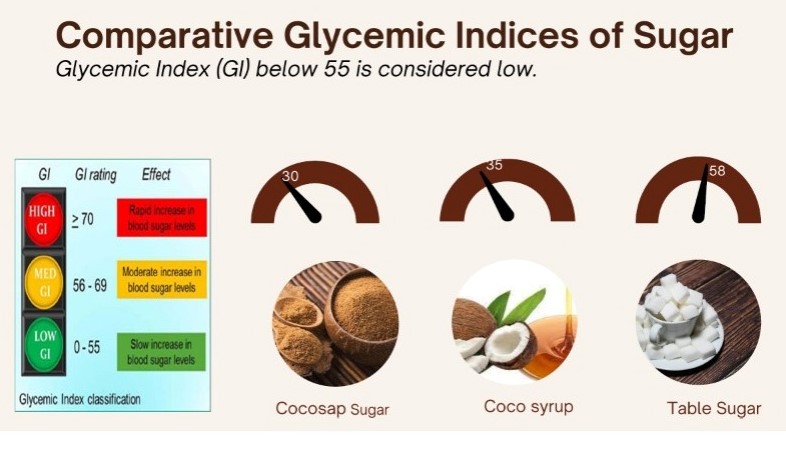Nurturing a Rural Community by Introducing Coconut Sap Sugar Technology in a Philippines Remote Location
The farm level technology of processing coconut sap sugar from toddy is a social enterprise which created a significant change in the livelihood of the people dependent on the coconut trees in Aroman, Carmen, North Cotabato. Technical skills acquired through training, appropriate facilities, capital and access to market are the... read more
Changes in Soluble Sugars, Sugar Profile, Starch and Proline in Developing Coconut (Cocos nucifera L.) Inflorescences
Changes in soluble sugars, sugars profile, starch and proline levels in inflorescence rachillae from individual coconut palms were investigated during inflorescence development with the aim of determining a possible correlation between these characters and morphogenic potential of inflorescence tissues. Rachillae for analysis were collected from unopened inflorescences of -1... read more
ON-FARM PRODUCTION AND PROCESSING OF SELECTED COCONUT SAP-BASED NATURAL AND NUTRITIOUS FOOD PRODUCTS FROM SCTNP SCHEME
The processing of coconut sap produced from the sequential coconut toddy and nut production (SCTNP) scheme was conducted at the Philippine Coconut Authority - Zamboanga Research Center, San Ramon, Zamboanga City from 1997 and 1999-2001 to determine their acceptability to local community members and evaluate their economic profitability.
The processing... read more
Preliminary Investigation of The Potential of Coconut Sugar Production Using Dwarf Varieties
Coconut sugar is one of the high economic value products. The production of coconut sugar In Indonesia is about 300,000 tonnes/year. During the last few years, the supply of raw materials for the coconut sugar product has diminished due to stagnant production caused by the lack of coconut climbers collecting... read more
Banyumas Regency- The Biggest Coconut Sugar Producer In Indonesia
Coconut Sugar has gained popularity among health conscious consumers especially in the US, EU, Japan and Australia since the last few years as it is considered healthier than table sugar. According to the Philippine Department of Agriculture Coconut sugar has glycemic index (GI) of 35 which is lower than that... read more
A Coconut Sugar – Processing, Nutritional Composition And Health Benefits
Coconut sugar (also known as coco sugar, coconut palm sugar or coco sap sugar) is derived from the sap of cut flower buds of the coconut palm, is an organic sustainable natural sweetener. This sugar has a low glycemic index and is also a nutrient powerhouse, filled with lots of... read more
Technology Corner : Moulded Coconut Sugar From Fresh Coconut Sap
C o co n u t sugar is derived from th e co c o n u t (Cocos nucifera L ). S ugar can also be derived from o th e r palm s like Arenga pinnata, Borassus fla b eliver and N ipa fructicons. S ince coconut has... read more
Update On Research & Development Related To Health Benefits Of Coconut Oil , Coconut Sugar And Coconut Water Consumption
Mr. Chairman, Distinguished Invitees, Ladies and Gentlemen, I would like to thank the Organising Committee of The APCC for having invited me to deliver an update on the R & D aspects related health benefits of Coconut Oil, Coconut Sugar and Coconut Water consumption
read moreManufacture Of Coconut Sugar As A Cottage Industry
Indonesia has the largest coconut planta4ion in the world. At present coconut is the 2 n most important commodity after rice. Coconut production has been increasing due to the increase of the area of its plantation. The increase of coconut production is in contradiction with the decrease of the demand... read more
Coconut (Cocos nucifera L.) sap as a potential source of sugar: Antioxidant and nutritional properties
This study was carried out to compare the antioxidant and nutritional properties of coconut (Cocos nucifera L.) sap with other natural sources of sugar such as sugar palm (Borassus flabellifer) and sugarcane (Saccharum officinarum L.). Coconut sap and juice from sugar palm and sugarcane were analyzed for proximate composition, pH and total... read more












